Coconut Oil for Tooth Decay and Good Breath
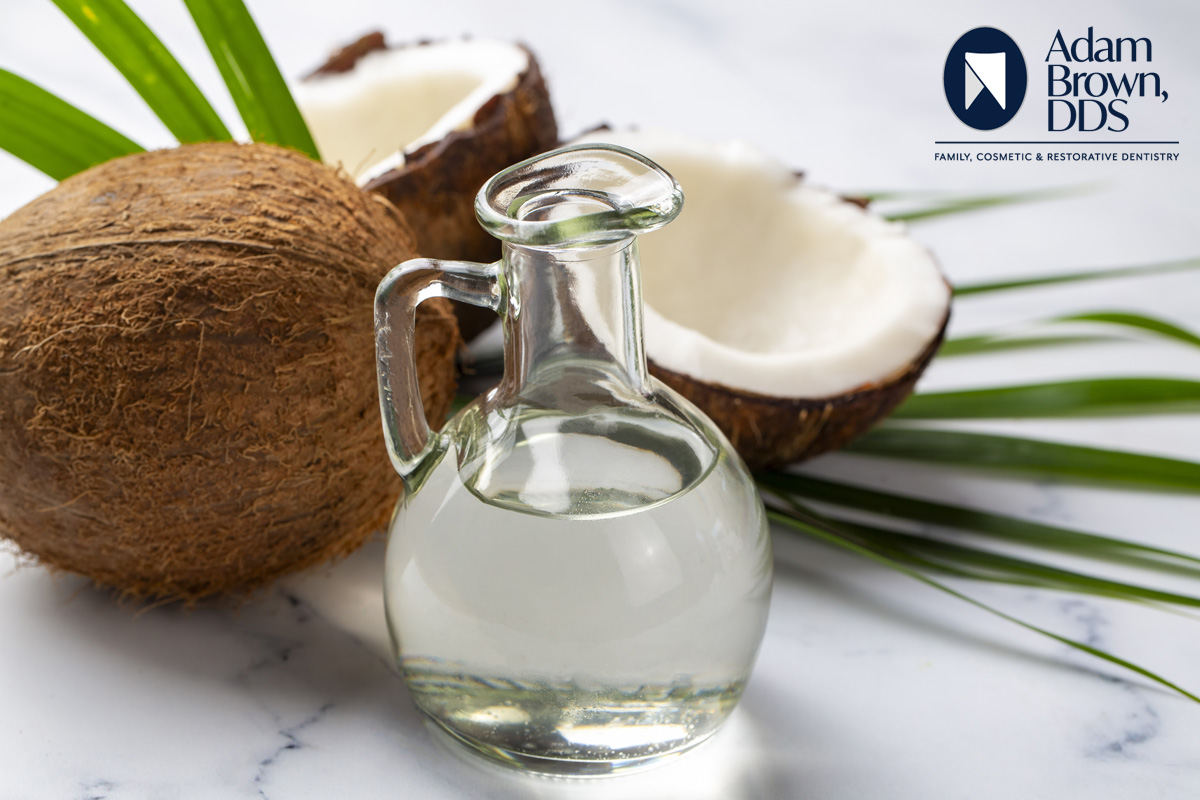
It is essential to maintain standard dental hygiene practices and consult with a dental professional for personalized advice. Past that standard, there are many natural remedies and supplemental regimens that you may want to consider adding to your dental hygiene routine. One of the best, and oldest natural remedies is coconut oil pulling.
We’re excited about continued research that suggests tooth health could be improved by using coconut oil.
Coconut oil works as a natural antibiotic in humans if it is ingested. The researchers believe that adding coconut oil to dental products would potentially help lessen tooth decay by helping the body fight bacteria.
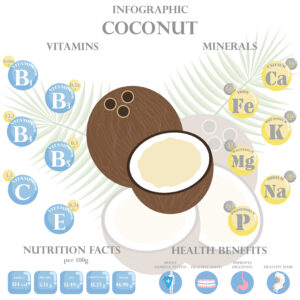 Research was led by Dr. Damien Brady, whose team set out to find out if the coconut oil would have an effect on the bacteria Streptococcus, which is present in virtually all human mouths. It is the Streptococcus that is responsible for almost all instances of tooth decay in humans. These bacteria break down sugars consumed and produce acid that wears out teeth. The wearing, in turn, becomes decay.
Research was led by Dr. Damien Brady, whose team set out to find out if the coconut oil would have an effect on the bacteria Streptococcus, which is present in virtually all human mouths. It is the Streptococcus that is responsible for almost all instances of tooth decay in humans. These bacteria break down sugars consumed and produce acid that wears out teeth. The wearing, in turn, becomes decay.
Researchers tested coconut oil in its natural state but also added enzymes that allowed it to be tested during digestion. The digested coconut oil had positive effects on the patients. It managed to stop Streptococcus from reproducing in the mouth.
Dr. Brady was inspired to begin this study after another recent study had shown that enzyme-modified milk could be used to reduce the amount of Streptococcus that would bind to teeth. This milk study made Dr. Brady eager to test the effects of other foods on the production of Streptococcus.
The researchers have plans to extend the study by observing the effects of the coconut oil at a molecular level. There is also some interest in studying the effects of coconut oil on other bacteria to see how other diseases may be combated with coconut oil. Prior to this study researchers had already found that coconut oil completely eradicates the yeast that causes thrush.
“Dental cavities are a commonly overlooked health problem affecting 60-90% of children and the majority of adults in industrialized countries. Incorporating enzyme-modified coconut oil into dental hygiene products would be an attractive alternative to chemical additives, particularly as it works at relatively low concentrations. Also, with increasing antibiotic resistance, it is important that we turn our attention to new ways to combat microbial infection.” Dr. Damien Brady
If you want to learn more about recent research, methods, or oil pulling, see these three recent articles:
Medical News Today
https://www.medicalnewstoday.com/articles/323757?utm_source=chatgpt.com
Excerpt: Coconut oil has been utilized in traditional oral health practices for centuries, particularly through a method known as oil pulling. Originating in ancient India, oil pulling is a practice rooted in Ayurvedic medicine that involves swishing oil—commonly coconut oil—in the mouth to promote oral hygiene and overall health. This technique is believed to help remove toxins and reduce harmful bacteria in the oral cavity.
Pubmed Central
https://pmc.ncbi.nlm.nih.gov/articles/PMC7475120/?utm_source=chatgpt.com
Excerpt: The antimicrobial properties of coconut oil are primarily attributed to its high lauric acid content, which has been shown to combat bacteria responsible for tooth decay and gum disease. Some studies suggest that oil pulling with coconut oil can reduce plaque formation and improve gum health, potentially serving as a beneficial adjunct to regular oral hygiene practices.
Mouth Healthy
https://www.mouthhealthy.org/all-topics-a-z/oil-pulling?utm_source=chatgpt.com
Excerpt: Oil pulling is an ancient, traditional folk remedy that has been practiced for centuries in India and southern Asia. The practice involves placing a tablespoon of an edible oil (e.g., sesame, olive, sunflower, coconut) inside the mouth, and swishing or “pulling” the oil through the teeth and mouth for anywhere from 1-5 minutes to up to 20 minutes or longer.
However, it’s important to note that while oil pulling with coconut oil may offer supplementary benefits, it should not replace conventional dental care routines. The American Dental Association emphasizes that oil pulling is not a substitute for brushing, flossing, and professional dental visits, as there is insufficient scientific evidence to support its effectiveness in reducing cavities, whitening teeth, or improving overall oral health.
If you are worried about problems with tooth decay, don’t hesitate to call Dr. Adam Brown at Adam Brown Dentistry for an appointment (704.289.9579).
Visit the website at https://adambrowndds.com/.

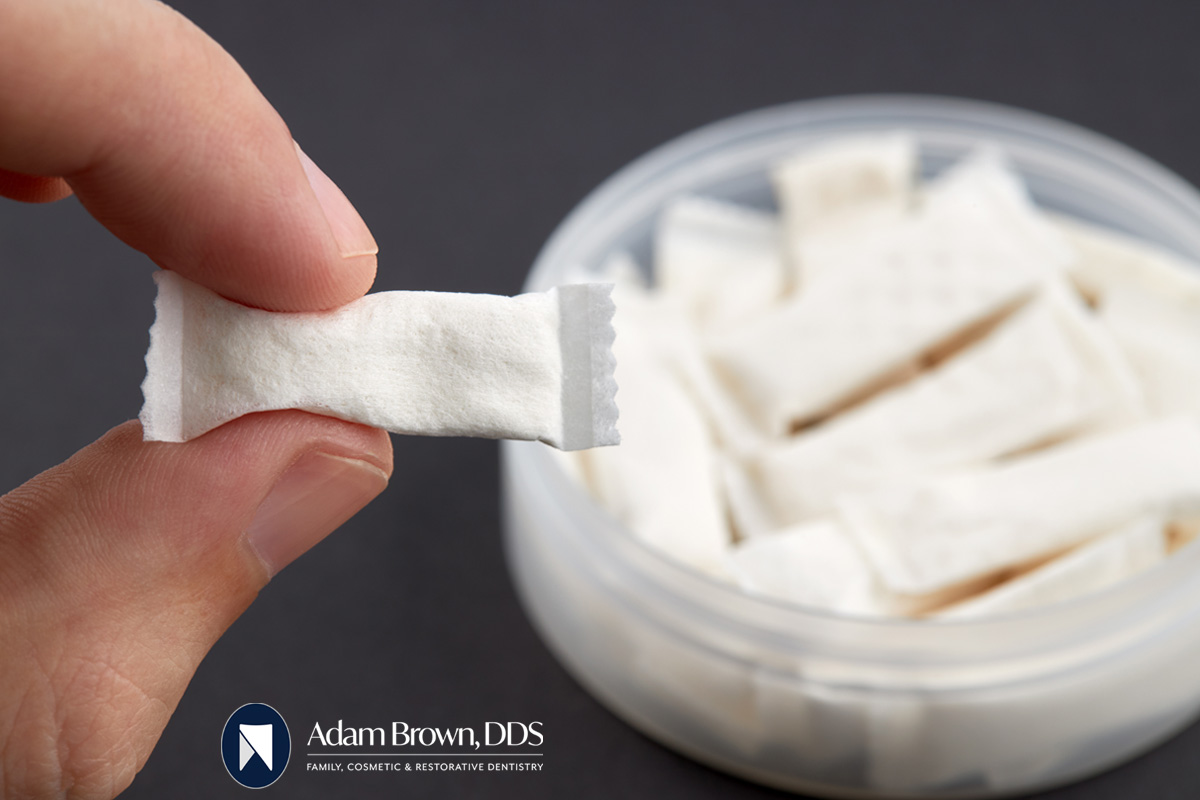
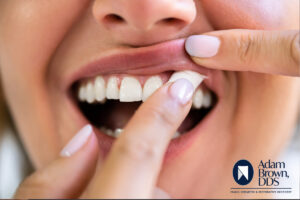

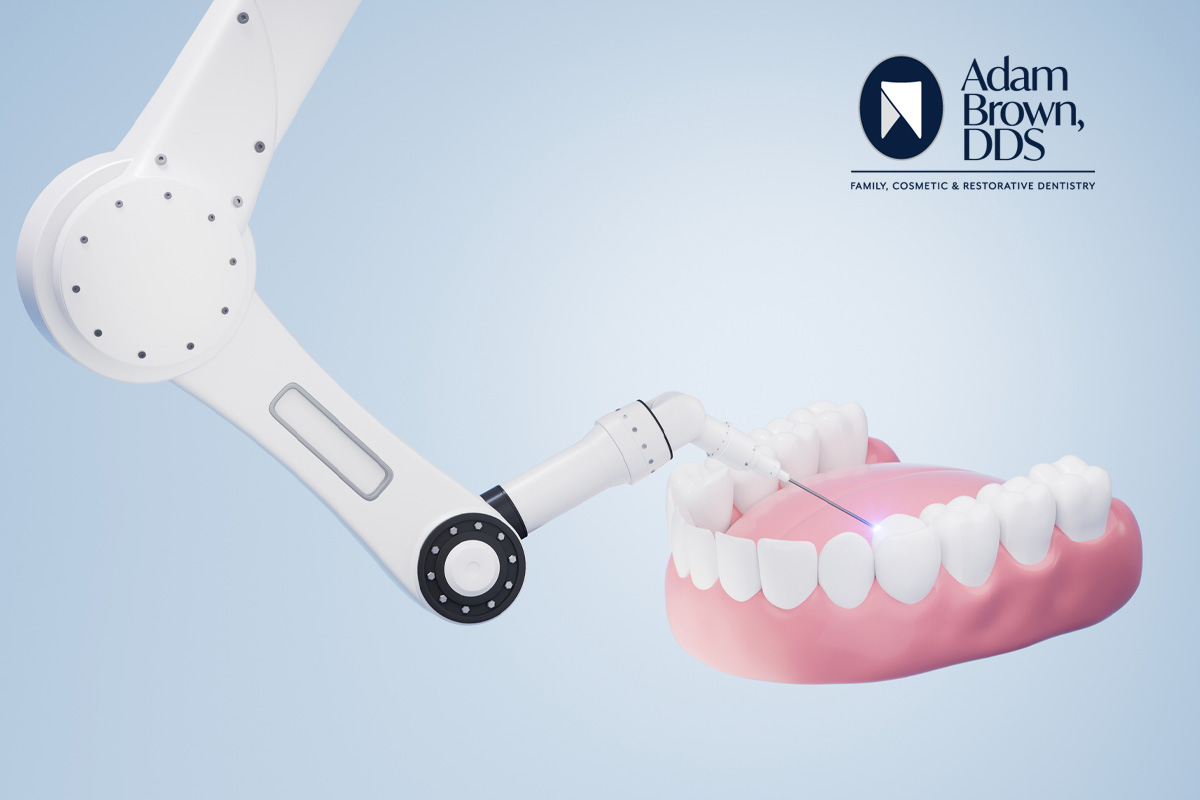



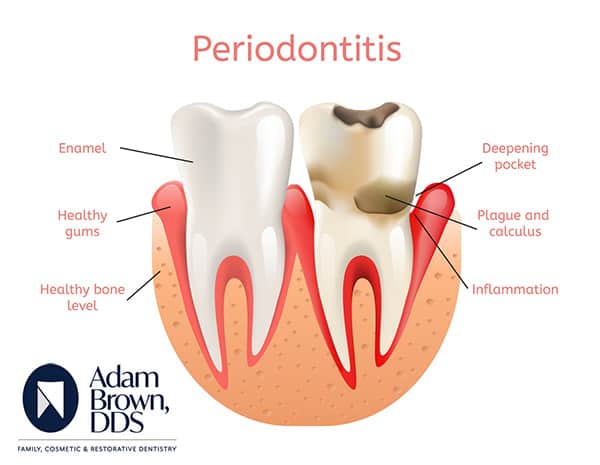 Signs of Gingivitis and Periodontal Disease
Signs of Gingivitis and Periodontal Disease